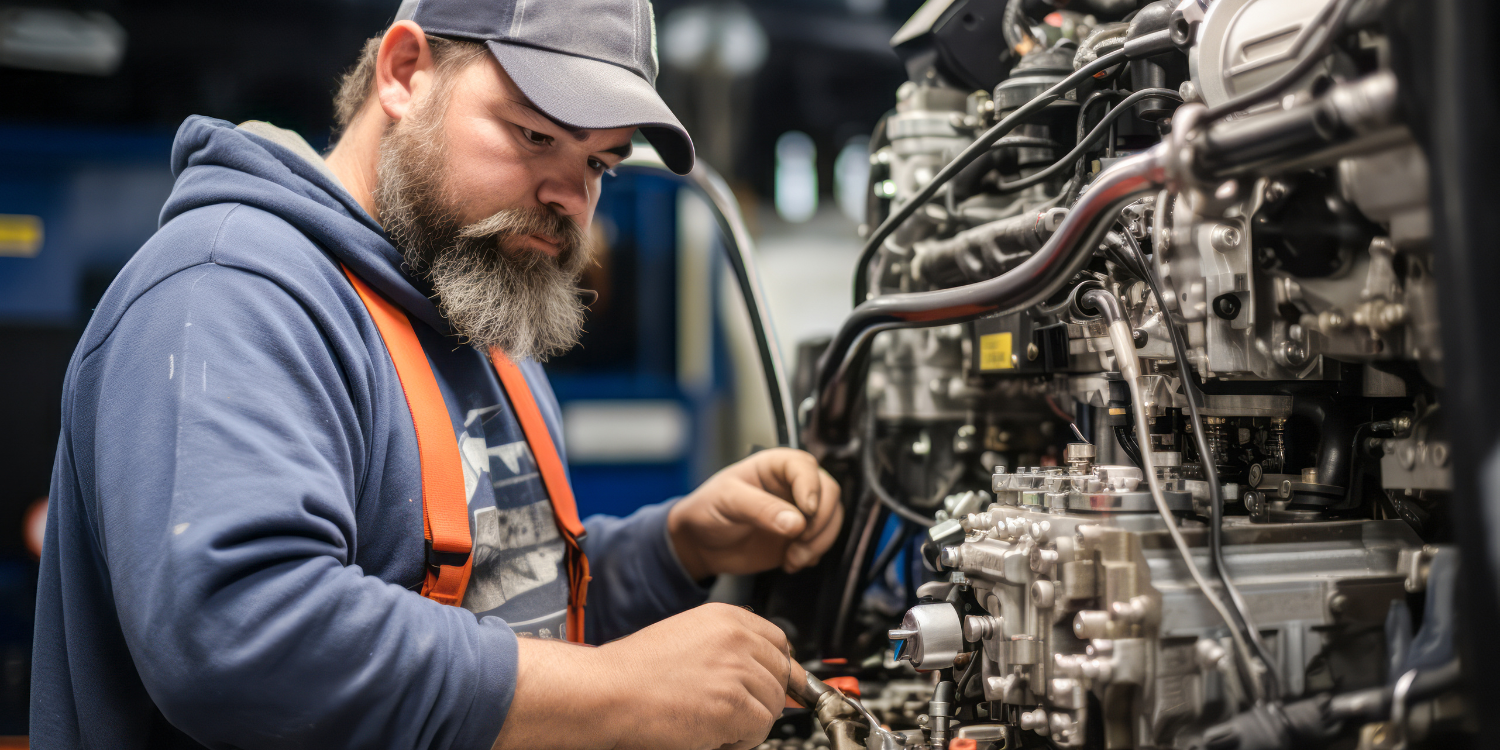My bad, car is fabia 2006..car battery 8 months old. I drive 30 minutes, then record (constant, low bitrate) for 10 hours, then drive 30 minutes to home
As 3 hardwire kit not worked well and cut off to soon, I am now using Rhundo RS 20 S..and just want to know is setting 12 V cut off ok for my car battery.
Today I have tested viofo a129 duo (low bitrate recording) powered through Rhundo, and after 10 hours, it was 12,2 V left displayed on Rhundo.
As 3 hardwire kit not worked well and cut off to soon, I am now using Rhundo RS 20 S..and just want to know is setting 12 V cut off ok for my car battery.
Today I have tested viofo a129 duo (low bitrate recording) powered through Rhundo, and after 10 hours, it was 12,2 V left displayed on Rhundo.


